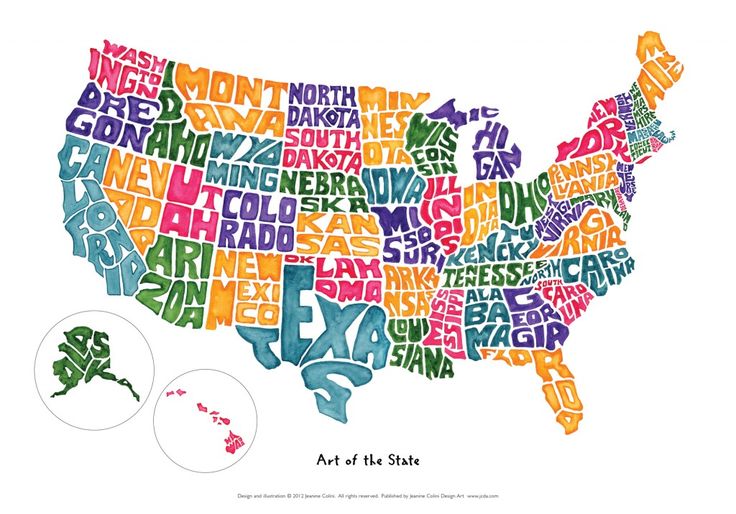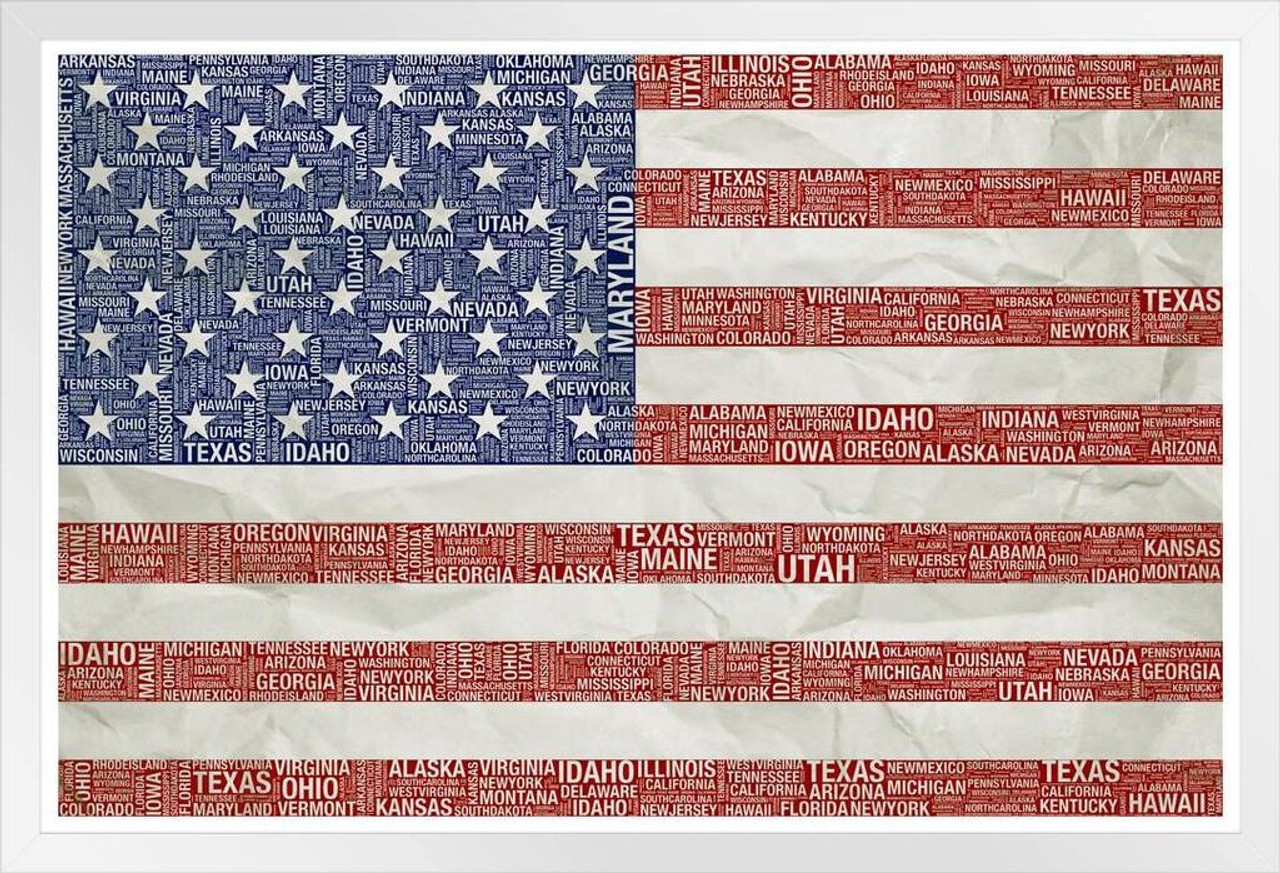How the Family and Medical Leave Act (FMLA) Protects U.S. Workers
Introduction
The Family and Medical Leave Act (FMLA) is a crucial U.S. labor law that provides eligible employees with job-protected leave for specific family and medical reasons. Enacted in 1993, FMLA aims to balance work and family responsibilities by allowing workers to take unpaid leave without fear of losing their jobs. This article explores how FMLA protects U.S. workers, eligibility criteria, covered circumstances, and employer responsibilities.
What Is the Family and Medical Leave Act (FMLA)?
The FMLA grants eligible employees up to 12 weeks of unpaid leave per year while maintaining job security and health insurance coverage. The law applies to both private and public sector employees under specific conditions.
Who Is Eligible for FMLA Protection?
To qualify for FMLA benefits, an employee must meet the following criteria:
- Work for a covered employer (private employers with 50 or more employees, public agencies, or local/state/federal government employers).
- Have worked at least 12 months (not necessarily consecutive) for the employer.
- Have worked at least 1,250 hours in the past 12 months.
- Work at a location with 50 or more employees within a 75-mile radius.
Situations Covered Under FMLA
Eligible employees can take leave under FMLA for the following reasons:
1. Personal Medical Leave
Workers can take leave due to a serious health condition that prevents them from performing essential job functions.
2. Family Care Leave
Employees can take leave to care for an immediate family member (spouse, child, or parent) with a serious health condition.
3. Parental Leave for Birth or Adoption
New parents can use FMLA leave for the birth, adoption, or foster care placement of a child.
4. Military Family Leave
FMLA provides special protections for military families:
- Military Caregiver Leave: Up to 26 weeks to care for a seriously injured or ill service member.
- Qualifying Exigency Leave: Leave to address issues related to a family member’s active military duty.
Employer Responsibilities Under FMLA
Employers covered by FMLA must:
- Inform employees of their FMLA rights.
- Maintain group health insurance during leave.
- Restore employees to the same or an equivalent position after leave.
- Prohibit retaliation against employees using FMLA leave.
How FMLA Protects Workers
- Job Security: Employees cannot be fired for taking FMLA leave.
- Health Insurance Continuity: Employers must continue health coverage under the same terms as if the employee were working.
- Protection Against Retaliation: Employers cannot demote, discipline, or discriminate against employees for using FMLA leave.
Limitations of FMLA
While FMLA provides critical protections, there are some limitations:
- Unpaid Leave: Employees do not receive wages during FMLA leave.
- Small Business Exemption: Employers with fewer than 50 employees are not required to comply.
- Proof of Eligibility: Employees may need medical certification to validate their leave request.
Conclusion
The Family and Medical Leave Act (FMLA) is an essential law that protects workers’ rights when they need time off for serious health conditions, family care, or military-related duties. While it does not mandate paid leave, it ensures job security and continued health benefits for eligible employees. Understanding FMLA rights can help workers navigate workplace leave policies and maintain job stability during critical life events.


















Leave a Reply